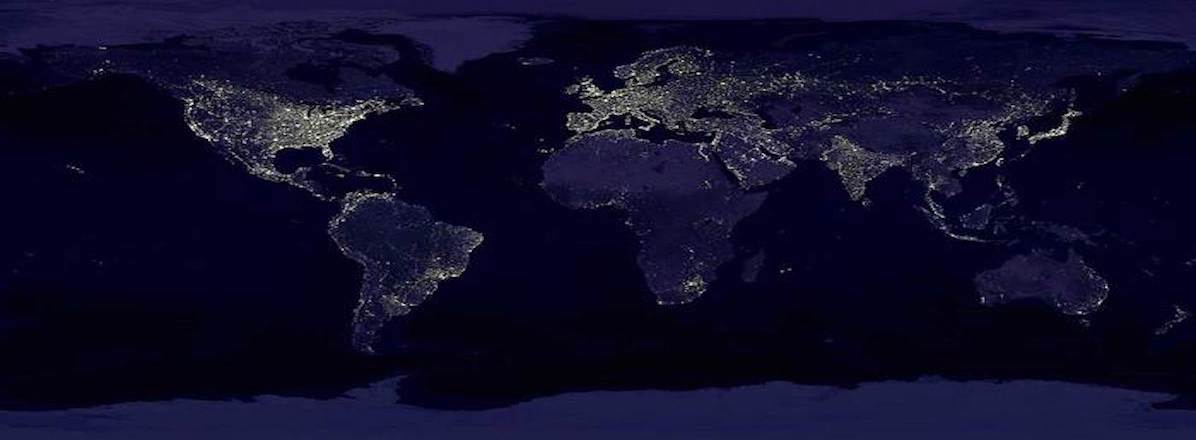A nation must think before it acts.
State-Sponsored News Outlets and Narratives on U.S. Protests
June 8, 2020
Post by Aditi Bawa
The protests in the U.S. following the death of George Floyd have made headlines around the world, including in state-sponsored media outlets from Russia, Iran and China. And while much of the reporting coming from these outlets mirrors American media coverage of events, overarching themes in the coverage focus on highlighting these countries’ preferred narratives about the U.S. Namely, all three countries have aimed to portray the U.S. as hypocritical and as a society in decline.
Russian state-sponsored media coverage of the protests has highlighted violence and destruction, especially on RT’s Instagram page. One RT article propagated a false claim about outside actors placing piles of bricks at the protests to incite violence. Kremlin media has also been pushing its “Russiagate” narrative, with multiple stories claiming the U.S. is scapegoating Russia for its domestic unrest. RT refutes the notion that Russia is involved in instigating the protests, stating that “concerns of this nature are amusing considering how American journalists – and state officials – relish protests elsewhere in the world. Especially in ‘bad’ countries.” An RT story titled “CNN blames ‘RUSSIA, RUSSIA, RUSSIA’ for George Floyd riots because they ‘Can’t blame China’ – Trump” covers the appearance of the former Mayor of New Orleans on CNN saying that Russia could be responsible for stoking the discord. “A host of ‘Russiagate truthers’ flooded social media with Kremlin conspiracies on Friday,” the article writes.
Russia has also promoted claims from U.S. officials that the anarchist group ANTIFA has been involved in instigating violence amid the protests. Sputnik News wrote a story about Project Veritas’s claim that ANTIFA’s leading members are teaching “violent tactics and art of blending in…..to get out there and do dangerous things as safely as possible,” while RT advanced the story, covering an alleged ANTIFA instructor showing supporters “violent tactics to deploy during riots.” Attempting to paint the U.S. as hypocritical, an op-ed in RT discusses history being “flipped on its head as the US finds itself attempting to restore law and order…Washington would like nothing more than for foreign governments around the world to just shut up and mind their own business.”
Iran’s PressTV covered Foreign Minister Javad Zarif’s statements about the protests, criticizing U.S. leadership and Europe’s response. A story titled “Iran: Instead of using ‘vicious dogs’, US should listen to its people” highlighted a tweet by the Iranian Foreign Ministry calling on the U.S. to “listen to its people & change its bankrupt policies.”
PressTV stuck to its anti-Israel leanings in an op-ed titled “US police kill blacks with brutality matching Israeli military’s,” drawing a comparison between U.S. police brutality and the Israel military’s actions. “This sort of racism is on a larger (percentage wise) and more obvious scale, prevalent inside of Israeli society and promoted by the Israeli regime, against the indigenous population of Palestine,” the article wrote. Another article highlights the claim that U.S. police are trained in Israel, noting “police forces from a surprisingly wide expanse of the United States have been receiving training from Israeli forces and services, warning that the violence being exercised by the American law enforcement has come to match Israeli brutality.”
China’s state-sponsored media has also aimed to paint the U.S. as hypocritical and shift blame for its own response to unrest in Hong Kong, drawing comparisons between the discord across the U.S. and protests in Hong Kong. Hu Xijin, editor in chief of the Global Times, even claimed on Twitter that he believed Hong Kong protesters had “infiltrated” the U.S. protests, attempting to portray Hong Kong protesters as responsible for unrest abroad.
In general, China has been outspoken and direct in its disdain for the U.S. government’s response to the protests and has been especially critical of President Trump. One Global Times story writes that: “US President Donald Trump and his core aides should be blamed for the escalation of the riots.” In a convergence of narratives, Hua Chunying, a Chinese foreign ministry spokesperson, reposted an RT article on Twitter about the discord in the U.S. The Global Times also posted a story that cited a video from RT about the excessive force used by the National Guard in Minneapolis, comparing it to the “much milder and more restrained” presence of the Hong Kong police during its protests.
All four of these news outlets have something to say about the growing unrest in the United States. However, the shared theme of the U.S. as a hypocritical, failing state is delivered via the preferred narratives of each country, characterized by divisive language and expressed discontent at the way American leadership has handled the situation.




